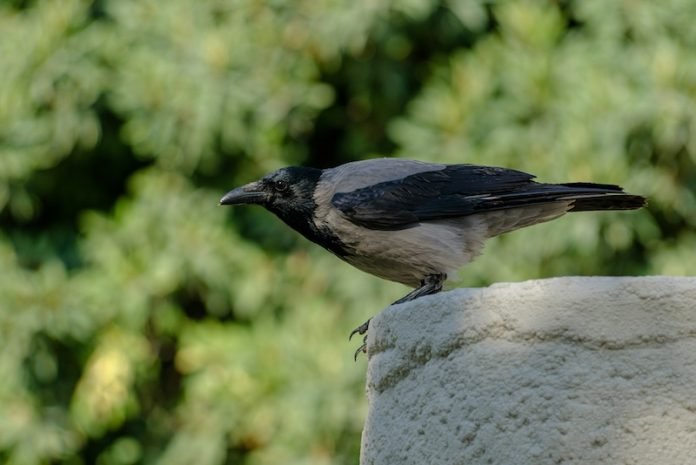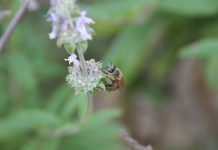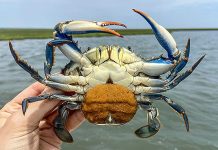
During the quiet months of the COVID-19 lockdown, the bustling city of Tel Aviv presented a unique opportunity for scientists from Tel Aviv University to delve into an intriguing aspect of urban life: the relationship between birds and humans.
With streets emptied of their usual human hustle, a team led by research student Congnan Sun, alongside Dr. Arjan Boonman, Prof. Yossi Yovel, and Prof. Assaf Shwartz, embarked on a study to observe how birds accustomed to the urban environment would react to the sudden absence of people.
The team utilized the silence brought on by the lockdown to conduct their research in Yarkon Park and its surrounding urban areas. By deploying 17 sensitive microphones, they captured the sounds of the city’s avian residents from the start of the lockdown in late March to its end in late May.
This high-tech eavesdropping, analyzed with the help of artificial intelligence, revealed the behaviors of three bird species: crows, ringneck parakeets, and graceful prinias, each differing in their reliance on human presence.
The findings were revealing. Crows and ringneck parakeets, both known for their tendency to linger around humans for food scraps, showed a marked decrease in activity. The crows’ calls in the park were halved, while the parakeets’ chirping plummeted by a staggering 90%.
These species, which thrive on the leftovers of human activity, found themselves in a suddenly altered world where their usual sources of sustenance were scarce.
In contrast, the graceful prinia, a species known for its shyness and less direct reliance on humans for food, seized the moment. With the streets and parks quieter, these adaptable birds increased their activity by about 12%.
This uptick suggests that the prinias, usually preferring to steer clear of human activity, found the lockdown conditions to be more inviting, allowing them to explore and occupy spaces they would typically avoid.
This research not only sheds light on the dynamic relationship between urban birds and humans but also underscores the resilience and adaptability of wildlife in city environments.
The study’s innovative approach, using technology to minimize human interference, provided a clear picture of how quickly animals can adapt to changes in their environment.
The lockdown, while a challenging period for people worldwide, offered a silver lining by allowing scientists a glimpse into what happens when the hustle and bustle of human life comes to a halt, even if just for a short while.
As cities around the globe continue to grow and evolve, studies like this are crucial. They help us understand the intricate web of interactions between humans and wildlife, reminding us of the profound impact our presence has on urban ecosystems.
The findings from Tel Aviv University not only contribute to our knowledge of urban ecology but also prompt us to consider how we can coexist more harmoniously with the nature that thrives in our midst.
The research findings can be found in eLife.
Copyright © 2024 Knowridge Science Report. All rights reserved.



